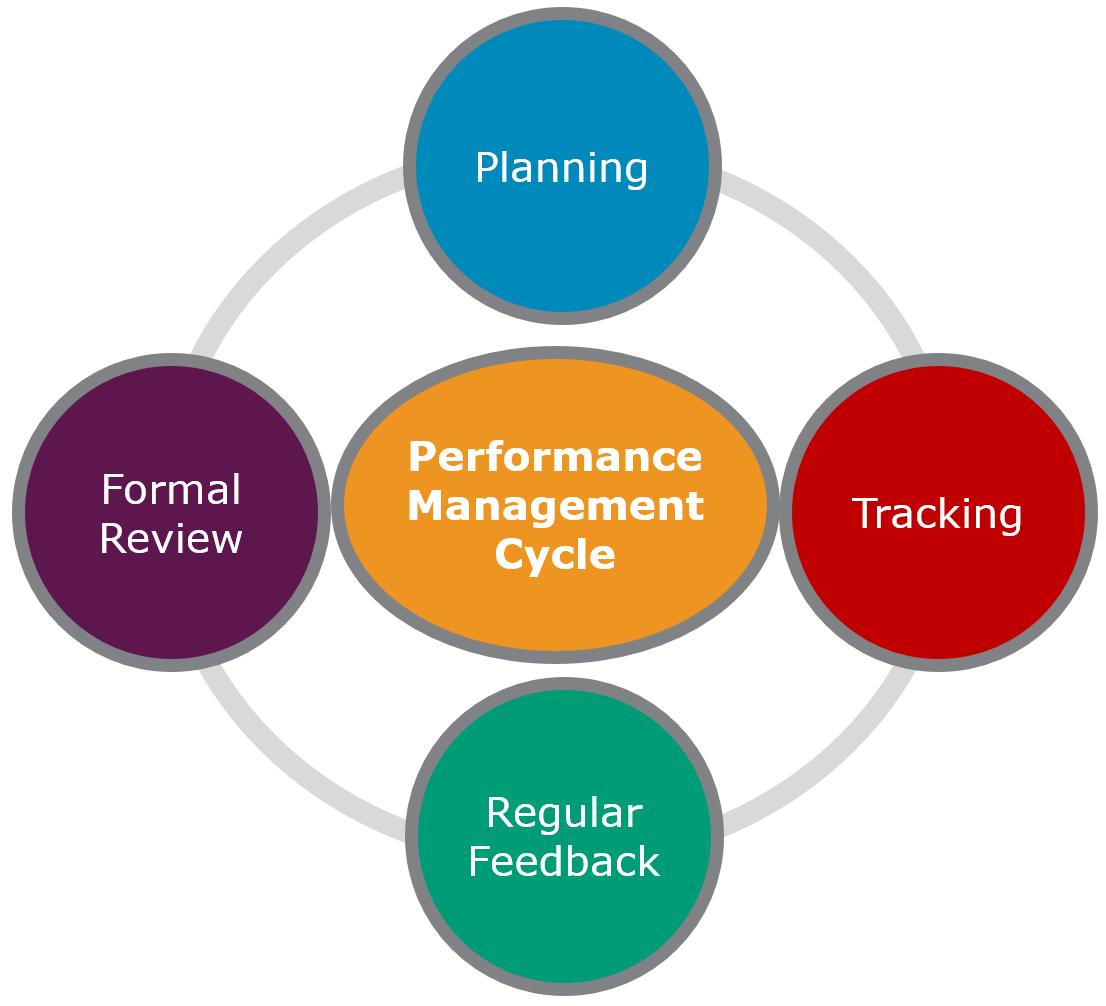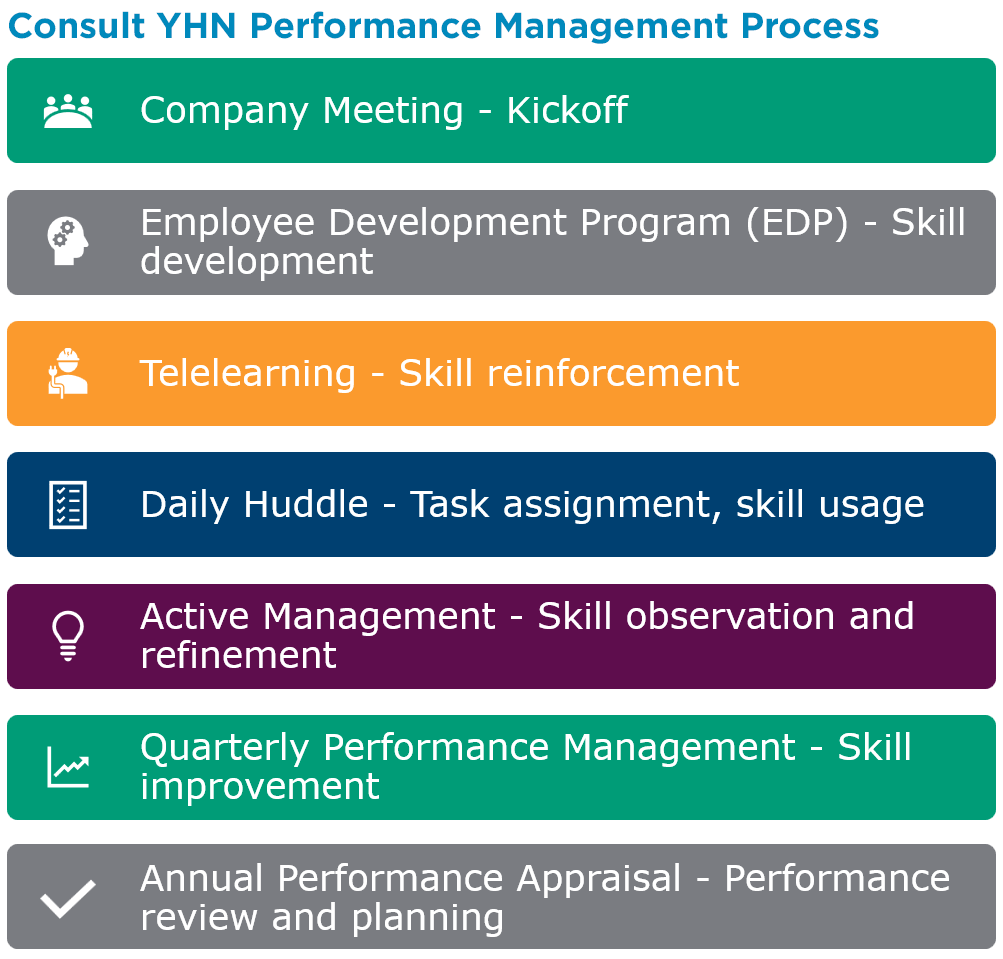
My grandmother was a strong, opinionated woman who was always good for a quote. One of the things she always said was, “As much as things change, the more they stay the same.” As a child, it made little sense to me but as I grew older, I recognized the true genius of those words.
I’ve worked for a number of organizations, large and small—from quick-serve restaurants to electronics retailers to healthcare providers. As different as they were, there was one thing that was consistent: the better the people within the organization performed their individual jobs, the better the company performed as a whole. And the best leaders in those companies were the ones who identified how to get the most out of their people; in some cases getting more from the employees than they believed they were capable of giving. It’s simply about driving peak performance.
Driving peak performance of an employee is similar to what a coach does for an athlete. The athlete may have the talent, but talent isn’t always enough. A great coach brings out the very best an athlete has to give. Think about the world’s greatest athletes and consider where they might be today if they didn’t have someone who pushed them beyond what they thought were their limits.
The question is: Who is responsible for bringing out the best in your people? If you haven’t figured it out by now, the answer to that question is simple—yes, it’s you!
Why It’s Important
First, a talented and skilled workforce is the lifeblood of every organization. Companies are quickly learning the importance of having the right people. Talent is one of the last frontiers for differentiation. Any company can have a patent or produce a product. The value you create for a customer is directly linked to the value of the talent you employ. It takes talent to market the product, sell the product, and to serve customers. So, in an industry like hearing healthcare where products and prices are similar for most businesses, the biggest differentiation between competitors is: the people.
Second, is due to the “war for talent.” The country is close full employment; with the current unemployment rate a 50-year low of 3.5 percent. This indicates that anyone who wants a job most likely has one. This means that retaining your best talent is critical because replacing them has become increasingly difficult. The individuals on your team need to feel valued. The best way to do this is by providing feedback on their performance, praising them when they do well, and coaching them in areas where there’s room for improvement.
How to Implement
So, how do you do it? Just like a coach, it’s about giving consistent feedback that can be acted on right away. Most of us are familiar with giving feedback in the form of an annual performance appraisal, but a process known as Performance Management is different.
Words that describe the performance appraisal process include occasional, formal, structured, and standardized. It’s all about what’s been accomplished and is strictly a history lesson. Performance Management, on the other hand, is described as continuous, informal, flexible, and customized. It’s all about making progress, focusing on the future, and helping a person reach his or her full potential.

For example, most performance appraisals are conducted annually, and while that’s better than nothing, a format that provides more frequent feedback would be an improvement. Your employees are an integral and indispensable part of running your business efficiently. That’s why keeping them continuously informed on how they’re performing makes them better and therefore your business better.
Using Performance Management, you can ensure that your employees not only fulfill their responsibilities but also do so to the best of their abilities and meet your expectations. This level of performance is realized by monitoring and developing the desired traits and skill, rating their progress, and rewarding them for achievements.
The Performance Management Process
- Involve Employees in the Planning Stage
Involve your employees in the planning process. When will you meet? How often? How will their performance be measured? This will help boost their morale and confidence and avoid any communication gaps.
- Track the Progress of Your Employees
Measuring the performance of every employee is also important. It lets both parties know what progress has been made and what improvement must take place.
- Give Regular Feedback
Talk to your people more, not less. Observe them while they’re performing assigned tasks and give them feedback right away. Meet with them more often, perhaps quarterly. Don’t forget to document every discussion.
- Do a Yearly Review
The performance appraisal doesn’t go away—it becomes part of the performance management process. But think about how much easier it’ll be now that you’ve been discussing their performance all year long.
This might seem like a lot to do on your own. The good thing is you don’t have to—CQ Partners can help you put together a process for you and your entire team.
Here’s what it looks like:

This process works across all industries and organizations. Businesses might be different, but the importance of people is constant. It’s been that way and in our hyper-competitive climate, it’s not likely to change. Looks like my grandmother understood this – I guess she really was a genius!








